The James Webb Space Telescope (JWST) has discovered newborn stars within the Orion Nebula, which look genuinely incredible! Even with the unaided eye, the Orion Nebula is one of the brightest star-forming areas visible in the night sky, so seeing it like this is definitely a success for JWST.
Check out below the Orion Nebula in all its glory, shot by the powerful JWST.
Orion Nebula’s Intricate Features Will Leave You in Awe
Thanks to the NIRCam sensor on the JWST, scientists uncovered previously unseen characteristics of the Orion Nebula. This data could also solve long-standing space puzzles.
Delicate features in the nebula’s thick gas and dust clouds are far more visible in the photos than in a prior image acquired by Webb’s popular predecessor, the Hubble Space Telescope.
Take a look below at the Orion Nebula:
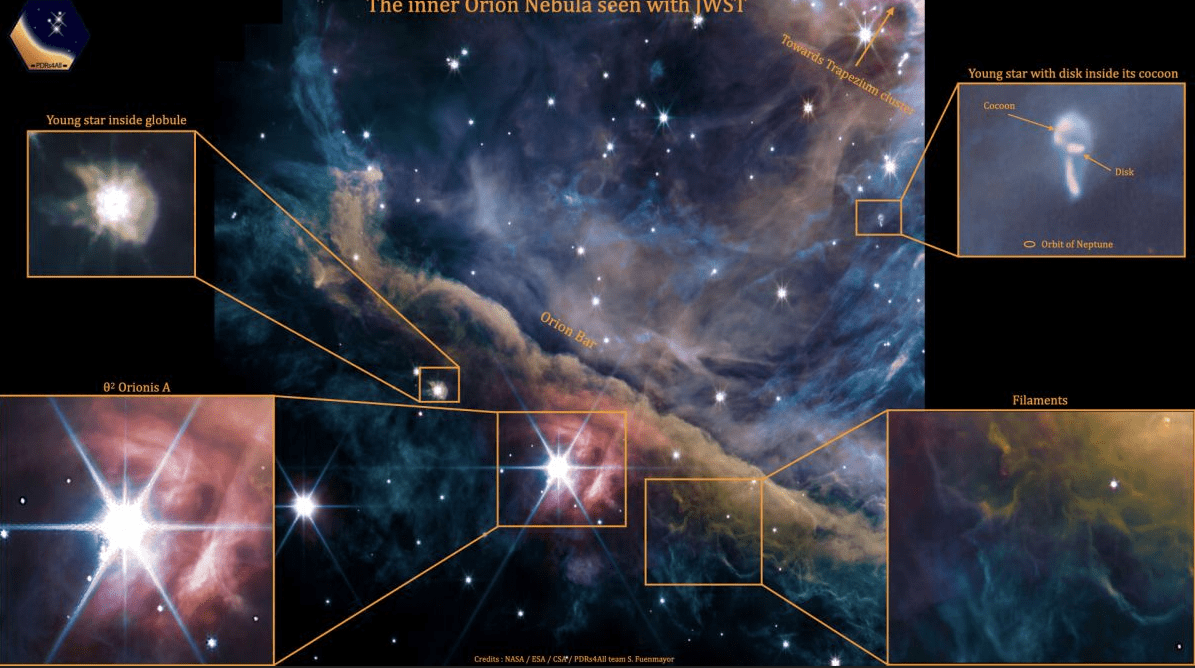
The photo also depicts newborn stars at various phases of development. But what’s more intriguing is that on the right side is a star encased in a cocoon of planet-forming material destroyed by the stars’ powerful UV radiation.
And the star has got a name: HST-10. According to scientists, it’s one of roughly 180 young stars with ‘photo-evaporating disks,’ identified in the Orion Nebula.
Furthermore, the picture, which was made by combining many photographs taken with various filters, also shows twisting filaments of hydrocarbon-rich gas and dust. That’s just incredible!
Cool facts about the Orion Nebula
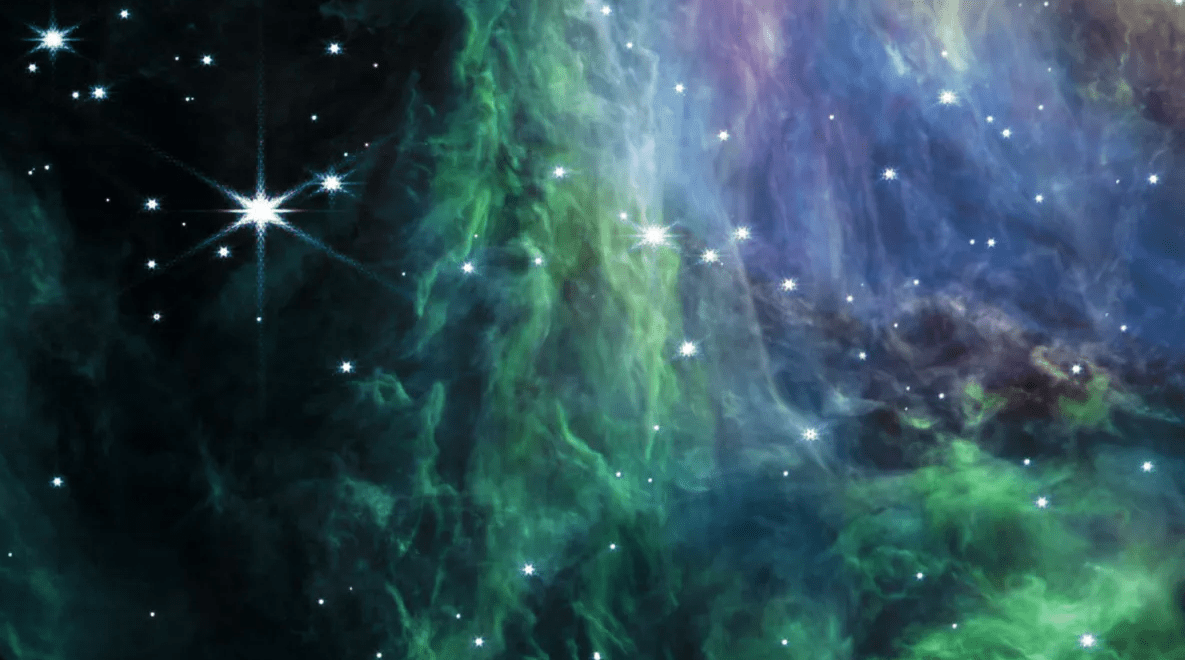
The Orion Bar is a wall of thick dust and gas that may be observed in the night sky in the constellation Orion just south of the archer’s belt. And there’s more!
Within that bar, intense photons from stars in the Trapezium cluster interact with a molecular cloud, causing complicated ionizing processes.
The star Theta2 Orionis A appears brilliantly in the middle of that bar, with the typical diffraction spikes caused by the mirror design of the JWST.

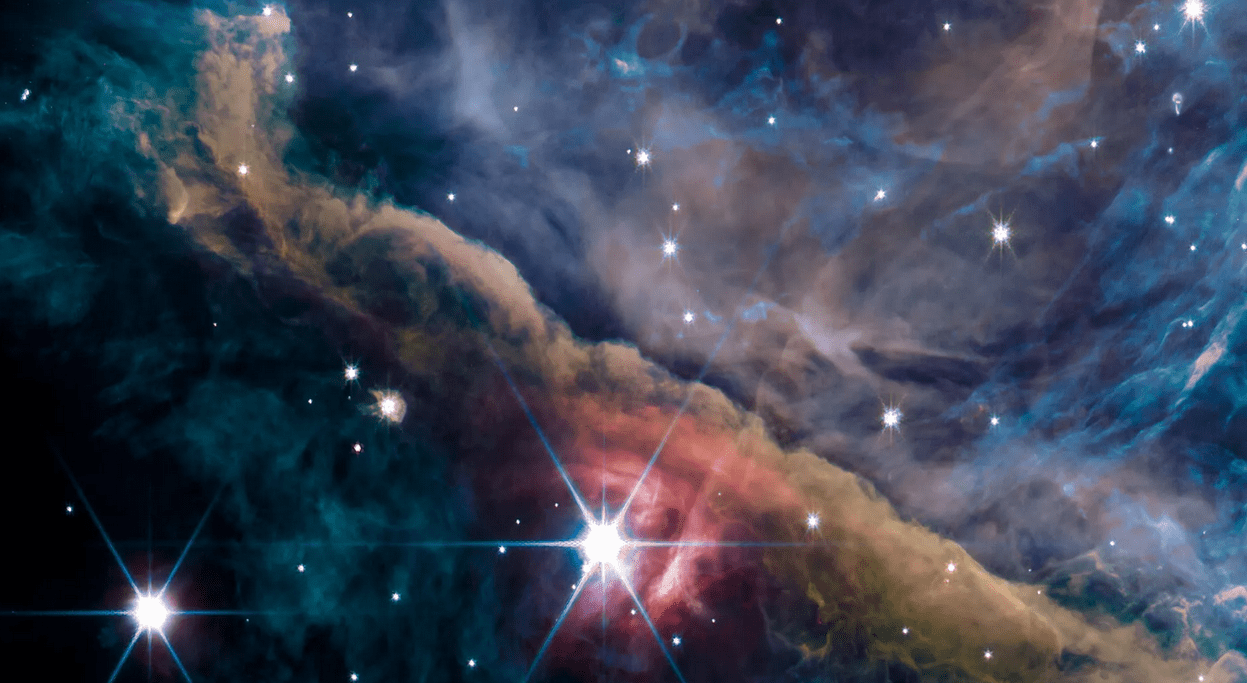
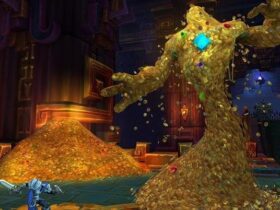
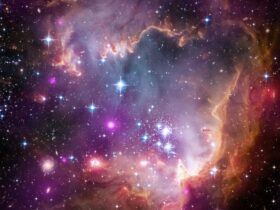

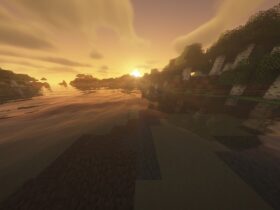





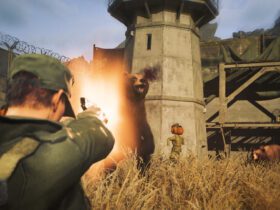
Leave a Reply